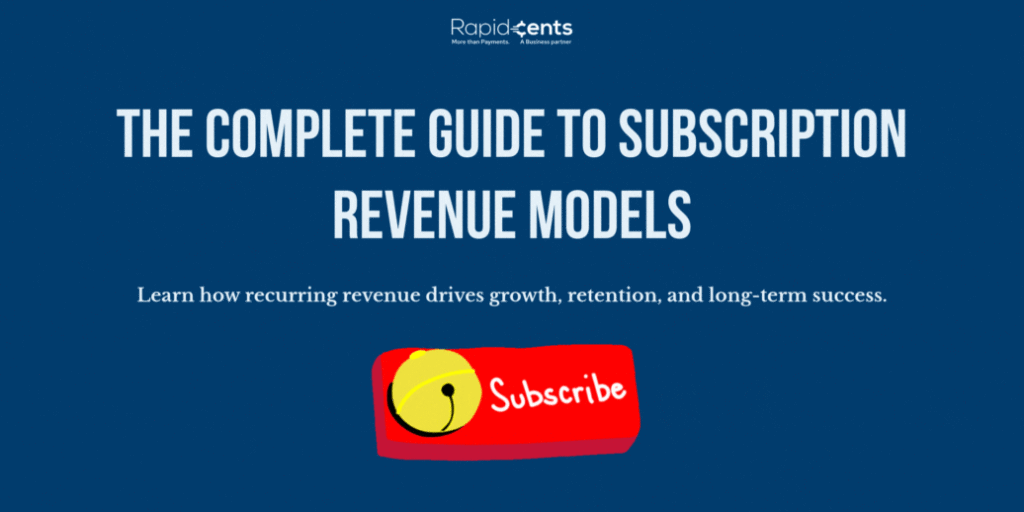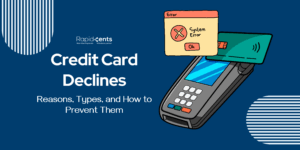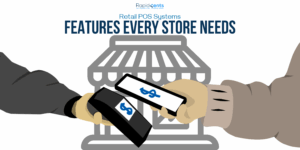
What Is a Subscription Revenue Model?
A subscription revenue model is a business approach where customers pay a recurring monthly, quarterly, or annual fee to get continued access to a product or service. Instead of selling products with a one-time approach, businesses focus on delivering ongoing value that encourages renewals and builds stronger long-term relationships.
This model is common across various industries, including Saas platforms like Zoom and Slack, creative platforms such as Adobe and Canva, and entertainment platforms like Netflix and Spotify, to name a few. Subscription models are becoming the norm in various industries and do not belong to any particular niche.
Statistics also show that businesses are considering recurring billing for their businesses and are no longer limited to streaming platforms.
Why Subscription Models Are Growing in Popularity
Customers prefer recurring payment models as they allow customers to pay for services in increments instead of lifetime fees, while businesses can have a fixed, predictable income based on their subscription revenue model.
- Predictable revenue
Subscription models create predictable income, which allows businesses to foresee and plan for upcoming months, allot budgets more effectively, and scale operations confidently without overstretching their means. - Customer retention
Customers who subscribe are more likely to continue using services and stay engaged with the brand. This reduces acquisition costs and shifts the focus toward maximizing customer satisfaction. - Higher lifetime value
Subscribers typically generate more revenue over their lifetime than one-time buyers. With consistent usage, opportunities for upgrades and add-ons naturally increase customer worth. - Appeal for investors
Businesses with recurring revenue are often valued more highly by investors. The stability and growth potential signal long-term sustainability, making them attractive targets for acquisition or investment.
Benefits of a Subscription-Based Business
Businesses are choosing to move towards recurring payments as they allow them to create long-term customers and cash flows, promoting growth and stability.
- Stable cash flow
Economic uncertainty, seasonal dips, and other conditions do not impact businesses with recurring income as much as businesses that rely on one-time customers. - Deeper customer insights
Ongoing relationships allow businesses to track customer preferences, behaviors, and purchasing patterns. These insights can be used to improve offerings and deliver more personalized experiences. - Better forecasting
Knowing how many customers will be billed each month makes it easier to plan staffing, inventory, and marketing budgets. This foresight reduces risk and supports smarter growth strategies. - Upsell and cross-sell potential
Subscriptions and repeat customers allow businesses to offer add-ons, introduce new tiers, and sell related products. Over time, it increases the average revenue per customer and also strengthens brand loyalty.
Common Types of Subscription Revenue Models
- Fixed/Flat-Rate
This is a straightforward model that allows customers to pay one fixed fee regularly for complete access to the products or services. It is popular in the entertainment industry and appeals to customers as it is easy to understand, and a fixed amount is to be paid. - Tiered Pricing
Brands offer multiple plans that unlock access to select features or services. Such plans allow customers to choose according to their budgets and needs and do not require paying for all services. SaaS and the software industry use such subscription models. - Usage-Based (Metered)
The cost of the services or products is tied to how much the customer consumes. It allows fairness and scalability, and customers only pay for what they use. Industries such as telecom and utilities rely on these models to generate revenue. - Freemium/Free Trial to Paid
A free trial before purchasing a plan allows customers to lower their guard, explore, and build trust. If they find value, customers will upgrade to paid plans and be more likely to stay loyal. This plan works well for digital apps and SaaS products. - Hybrid Models (Products + Services)
Some businesses combine teh use of physical products with ongoing services to create multiple revenues from every customer. Such businesses offer customers subscription services with ongoing products or purchases, keeping the customers loyal.
Find out which model would suit your needs: Click here
Key Metrics for Subscription Businesses
- Monthly/Annual Recurring Revenue (MRR/ARR)
These metrics measure predictable income and serve as the foundation for tracking growth. - Churn
Measures the percentage of subscribers who cancel, highlighting retention challenges. - Customer Lifetime Value (CLTV)
Calculates the total value each subscriber brings over their time with the business. - Customer Acquisition Cost (CAC)
Reveals how much you spend to gain a new subscriber, critical for profitability. - Average Revenue Per User (ARPU)
Tracks average customer spend, helping you identify opportunities to upsell. - Net Revenue Retention
Shows whether existing customers are growing in value through upgrades or shrinking through downgrades.
Challenges of Running a Subscription Model
- Churn management
Customers cancel for many reasons, from price fatigue to better alternatives. Reducing churn requires strong engagement strategies, loyalty programs, and continuous value delivery. - Failed payments/dunning
Expired credit cards or insufficient funds can cause involuntary churn. A solid dunning strategy with payment retries and reminders is critical to preserving revenue. - Pricing strategy
Setting the right price is an ongoing balancing act. Too high, and you risk churn; too low, and you may leave money on the table. Regular testing and market analysis help optimize pricing. - Customer fatigue
With so many subscriptions on the market, customers are burnt out and may hesitate to add one more. Standing out requires strong value propositions, unique positioning, and consistent communication.
Tools and Infrastructure You’ll Need to Succeed
- Recurring billing system
Automates the collection and renewal of payments, ensuring fewer administrative and manual tasks and increased reliable cash flow. - Subscription management software
Manages customer sign-ups, upgrades, downgrades, and cancellations. It reduces manual tracking and analysis of customer data. - Payment processor with dunning/retries
Reduces revenue loss by automatically retrying transactions, updating cards, and catching failed payments. - Revenue reporting and analytics
Helps guide decision-making with insights into user behavior, financial reports, and growth opportunities.
Want to go beyond pricing models?
Final Thoughts: Is a Subscription Model Right for You?
Subscription revenue models deliver predictable revenue, build customer loyalty, and provide growth opportunities. But they also present challenges that businesses must be prepared to handle, including churn, failed transactions, and market saturation.
The best approach when shifting to recurring revenue is by testing models taht align within your industry, collecting data, and then modifying towards your business growth. With careful planning, subscription models can transform your revenue and provide long-term stability.
When you’re ready to launch or scale your subscription business, having the right payment partner makes all the difference. RapidCents provides automated recurring billing, dunning management, and revenue analytics, so you can focus on creating value while we handle the payments.




